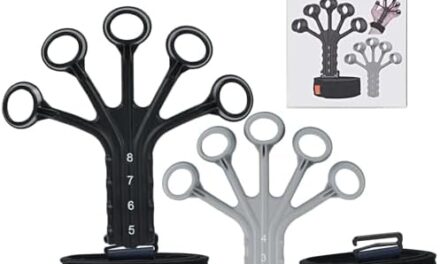Introduction to Athletic Trainer Programs
An athletic trainer program prepares individuals to become certified athletic trainers (ATs), health care professionals who collaborate with physicians to provide preventative services, emergency care, clinical diagnosis, therapeutic intervention, and rehabilitation of injuries and medical conditions. Choosing the right program is crucial for aspiring athletic trainers, as it lays the foundation for a successful career. This guide outlines essential criteria and steps to consider in selecting a program that best fits your career goals and interests.
Accreditation
The first and most crucial step in choosing an athletic trainer program is to ensure it is accredited by the Commission on Accreditation of Athletic Training Education (CAATE). Accreditation signifies that the program meets the required educational standards for athletic training. Graduating from an accredited program is a prerequisite for sitting for the Board of Certification (BOC) Exam, which is mandatory to practice as a certified athletic trainer in most states.
Educational Level
As of 2022, the minimum educational requirement to become an athletic trainer is a master’s degree, according to CAATE. Therefore, prospective students need to look for accredited Master’s in Athletic Training programs. However, those already holding a bachelor's degree in a related field might find some programs designed to accommodate their needs, enabling them to earn their master's degree in a shorter period.
Clinical Experience
Clinical experience is a cornerstone of athletic trainer education. A program with a strong emphasis on hands-on, practical experience will better prepare you for the reality of the job. Look for programs that offer diverse clinical rotations, including positions with high school, collegiate, and professional sports teams, as well as opportunities in hospitals or rehabilitation clinics. This variety ensures exposure to a wide range of conditions and patient populations.
Faculty and Resources
The quality of the faculty and the resources available are indicative of a program's strength. Seek out programs with faculty members who are not only experienced clinicians but also engaged in research and professional development within the athletic training field. Additionally, evaluate the facilities and equipment provided for student use, as access to modern, well-equipped labs enhances the learning experience.
Curriculum and Specializations
Analyze the curriculum closely to ensure it covers the breadth of knowledge and skills required for certification and practice. This includes areas such as injury/illness prevention, therapeutic modalities, and emergency care. Moreover, some programs offer specializations or concentrations in areas like sports performance, rehabilitation, or pediatrics. If you have a specific interest, seeking out a program that offers specialized tracks can provide a competitive edge in your career.
Success Rates and Alumni Network
Investigate the program’s success rates, such as the BOC exam pass rates, graduation rates, and job placement rates after graduation. High success rates are a strong indicator of a program's quality. Additionally, a program with an active and supportive alumni network can provide valuable connections in the athletic training community, facilitating job searches and professional development opportunities.
Cost and Financial Aid
Cost is an important consideration for most students. Compare the tuition and fees of different athletic trainer programs, keeping in mind the length of the program and costs associated with clinical placements, such as travel and lodging. Also, explore financial aid options, including scholarships, assistantships, and grants available specifically for athletic training students.
Conclusion
Choosing the right athletic trainer program is a significant step toward a rewarding career in the health care and sports industries. By considering factors such as accreditation, clinical experience opportunities, faculty quality, curriculum specifics, success rates, and cost, prospective students can make an informed decision that aligns with their career aspirations and personal circumstances. Invest time in visiting schools, talking to current students and alumni, and consulting with professionals in the field to gather insights that will guide your decision-making process.





